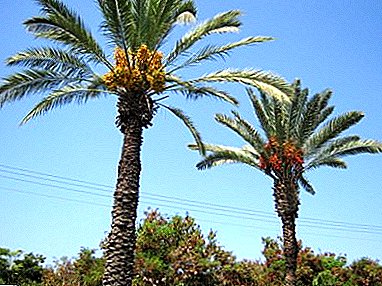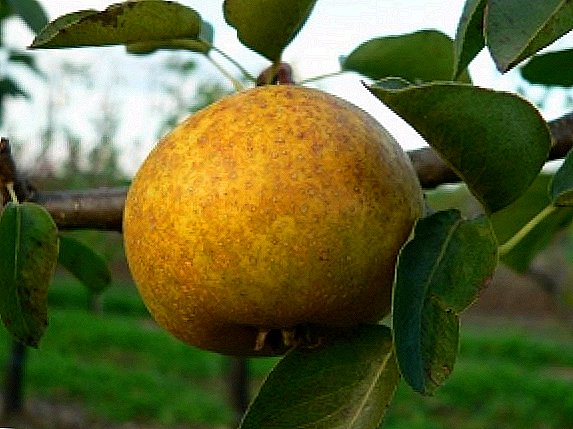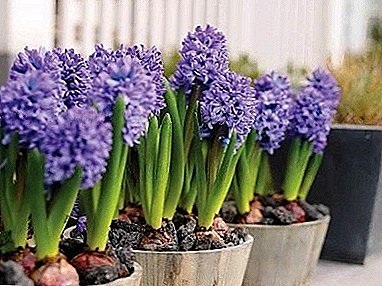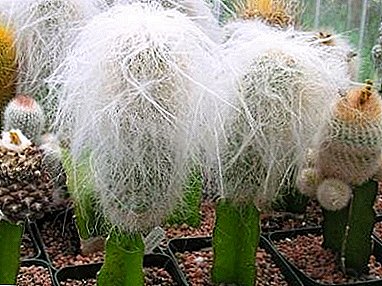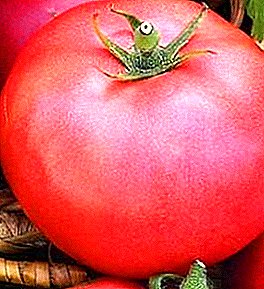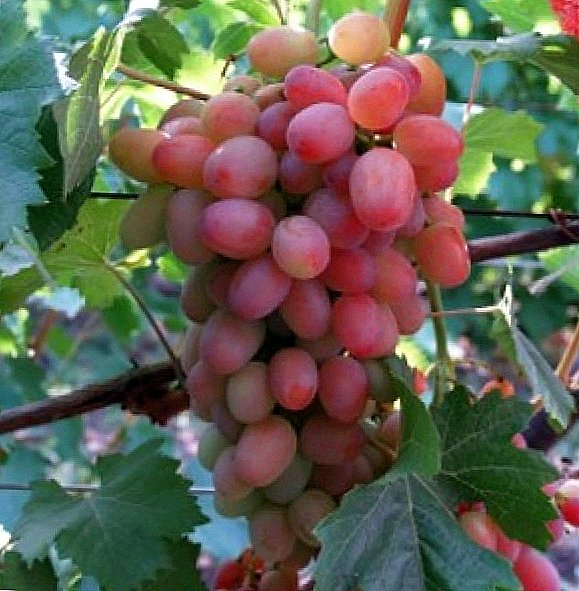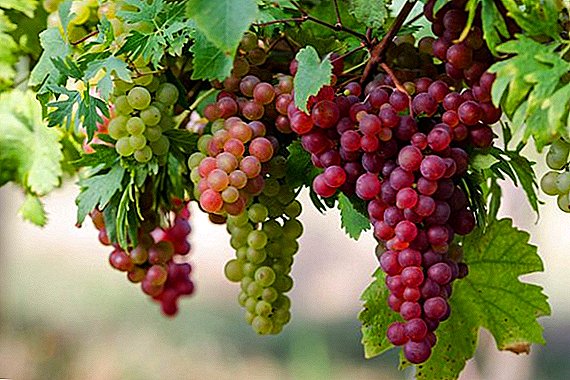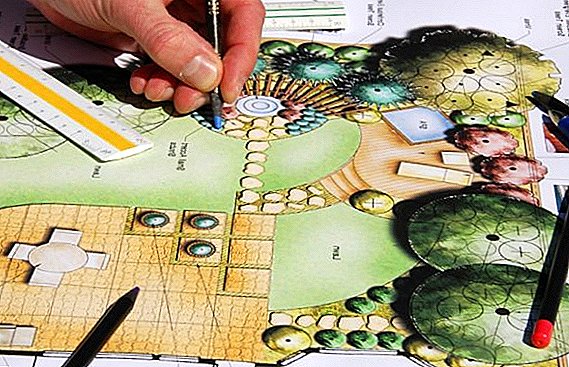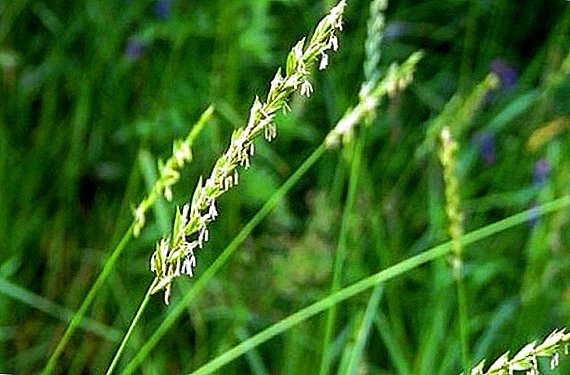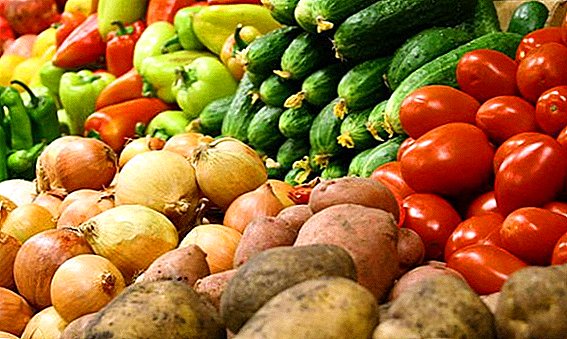 Plants, especially those living on poor soil, need nutrition in order to grow and develop normally. Potash fertilizers help crops more easily tolerate dry and frosty days; potassium is required for flowering plants when budding.
Plants, especially those living on poor soil, need nutrition in order to grow and develop normally. Potash fertilizers help crops more easily tolerate dry and frosty days; potassium is required for flowering plants when budding.
One of these mineral fertilizers is potassium nitrate.
The composition and properties of potassium nitrate
So what is potassium nitrate - It is a potassium-nitrogen fertilizer used for fertilizing cultivated plants on all types of soil. This fertilizer improves the vital activity of plants, starting from the moment of planting. Saltpeter improves the function of the roots to consume food from the soil, normalizes the "respiratory" abilities and photosynthesis. Due to the addition of potassium nitrate, the plant acquires the ability to resist and not to succumb to diseases.
The composition of potassium nitrate, two active ingredients: potassium and nitrogen. According to its physical properties, potassium nitrate is a white crystalline powder. With long-term storage in the open form, the powder can be compressed, but will not lose its chemical properties. However, you need to store potassium nitrate in a closed package. 
Did you know? Liquid solutions from green plants are recognized as the most nutritious for crops. It is useful for growing crops to feed them with infusions of nettle, tansy, chamomile and other plants.
Application of potassium nitrate
Root and foliar fertilizers of nitrate are used in vegetable gardens and gardens. In potassium nitrate there is practically no chlorine, which allows it to be applied to plants that do not perceive this element: grapes, tobacco, potatoes. Respond well to fertilizer saltpeter carrots and beets, tomatoes, berry crops such as currants, raspberries, blackberries, flower and ornamental plants, fruit trees, bushes.
Important! It is not recommended to fertilize potassium nitrate greens, radish and cabbage. Potatoes, although carrying nitrate, but prefers phosphate compounds.
Potassium nitrate is often used in the garden as a feed for cucumbers during fruit ripening. This somewhat inhibits the growth of greenery and increases the size of vegetables. Since cucumbers are unevenly sown, part of the fertilizer goes to the formation of freshly tied cucumbers. 
There is no particular difficulty in how to use potassium nitrate as a fertilizer. Top dressing with this mixture can be spent all season. In stores, fertilizer is packaged in convenient dosages: smaller packages for small summer cottages and large packages of 20-50 kg for large farms.
Safety measures when using fertilizer
Before fertilizing potassium nitrate, some precautions must be taken: It is necessary to work with nitrate in rubber gloves, since the fertilizer uses a liquid solution, for safety you need to cover your eyes with glasses. It is advisable that you wear tight clothes, and the presence of a respirator is not a hindrance: nitrate fumes are unsafe for health.
Attention! In case of contact with skin, rinse immediately with running water and treat the affected skin area with an antiseptic.
Potassium nitrate is an oxidizing agent that reacts with flammable substances. It is necessary to store such substance in a tightly closed bag, avoiding the dangerous proximity of combustible and flammable substances. In the room where saltpeter is stored, you can not smoke, it is recommended to close the room from children. 
Fertilizing potassium nitrate, you need to take care of safety measures for plants. To fertilizer is better absorbed, as well as to compensate for the lack of moisture, fertilizer saltpeter combined with irrigation. On nitrate soils, nitrate is not abused, as the fertilizer slightly oxidizes the soil. To avoid plant burns, potassium nitrate dressing is applied carefully, taking care not to get on the leaves and stems.
Interesting! Everyone who has a backyard has burned dry branches, remains of plants, and firewood on it. Perhaps not everyone knows that wood ash is a storehouse of nutrients and excellent fertilizer. Feeding plants with ashes, you saturate them with zinc, boron, magnesium, manganese, sulfur and iron.
Cooking potassium nitrate at home
Before making potassium nitrate, it is necessary to carry out preparatory manipulations. To get started, get the necessary substances for preparation: ammonium nitrate and potassium chloride. These reagents, being fertilizers, are in any garden shop, at the price available. 
Now we proceed to the production of potassium nitrate at home. To make it all happen at its best, follow the following procedure:
- Mix 100 g of potassium chloride and 350 ml of distilled hot water. You need to stir until the potassium chloride is completely dissolved, then strain it thoroughly.
- Pour the filtered mixture into the enameled container, put on the fire and at the first sign of boiling, stirring slowly, pour in 95 g of ammonium nitrate. Still stirring, boil for three minutes, then remove from heat and let cool.
- Pour warm solution into a plastic bottle and allow to cool completely. When the solution is cold, put it in the fridge for an hour, after the time has passed, transfer it to the freezer, hold it there for three hours.
- After all the cold procedures, remove the bottle and carefully drain the water: potassium nitrate will remain in the form of crystals at the bottom. Dry the crystals on paper in a dry and warm place for several days. Saltpeter is ready.


